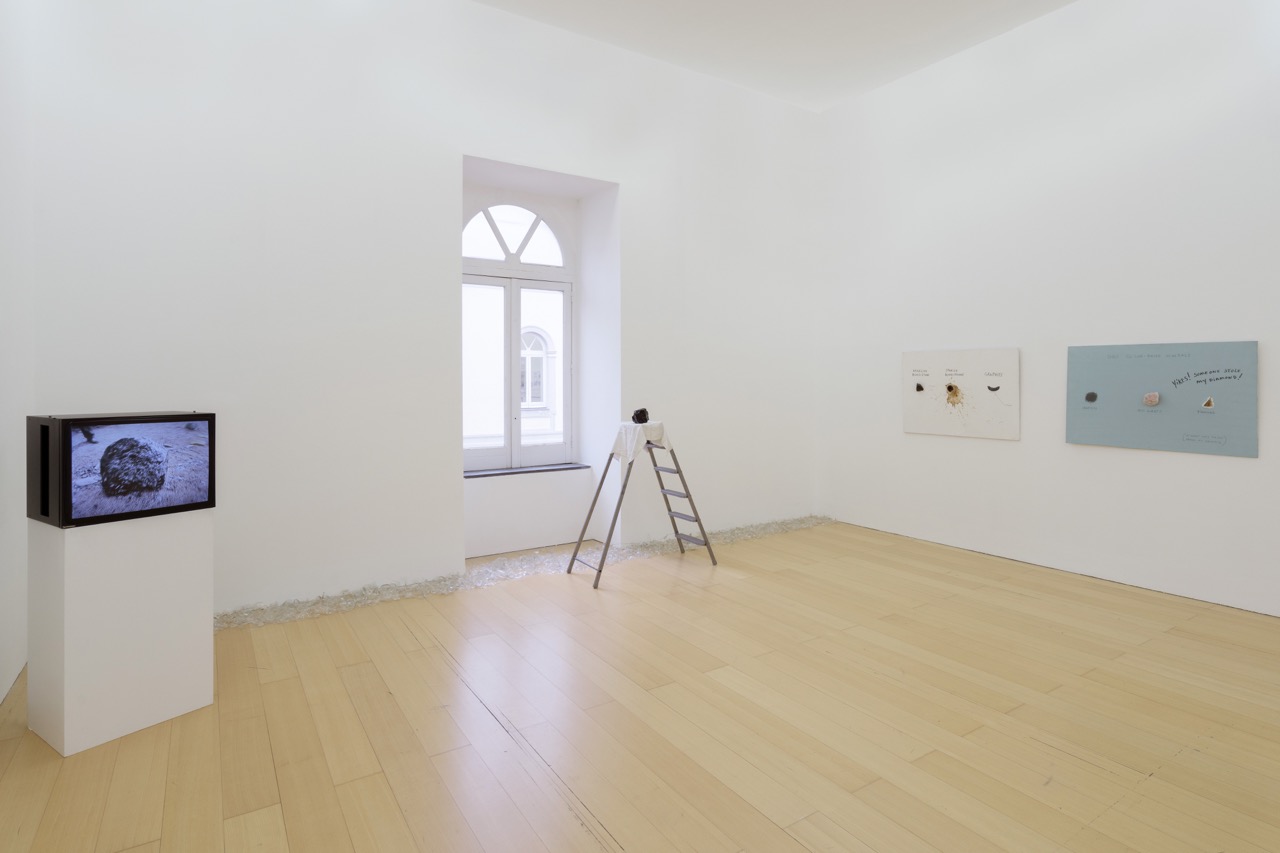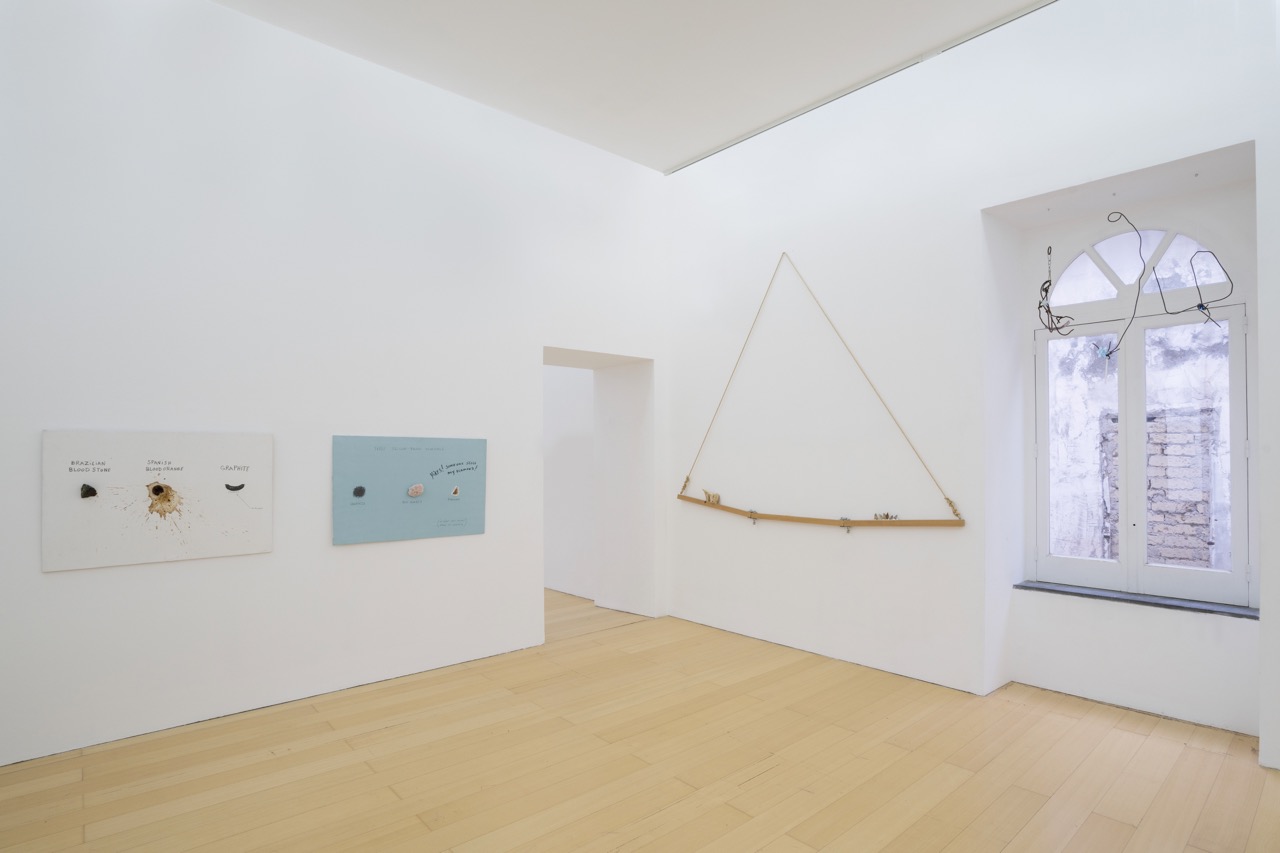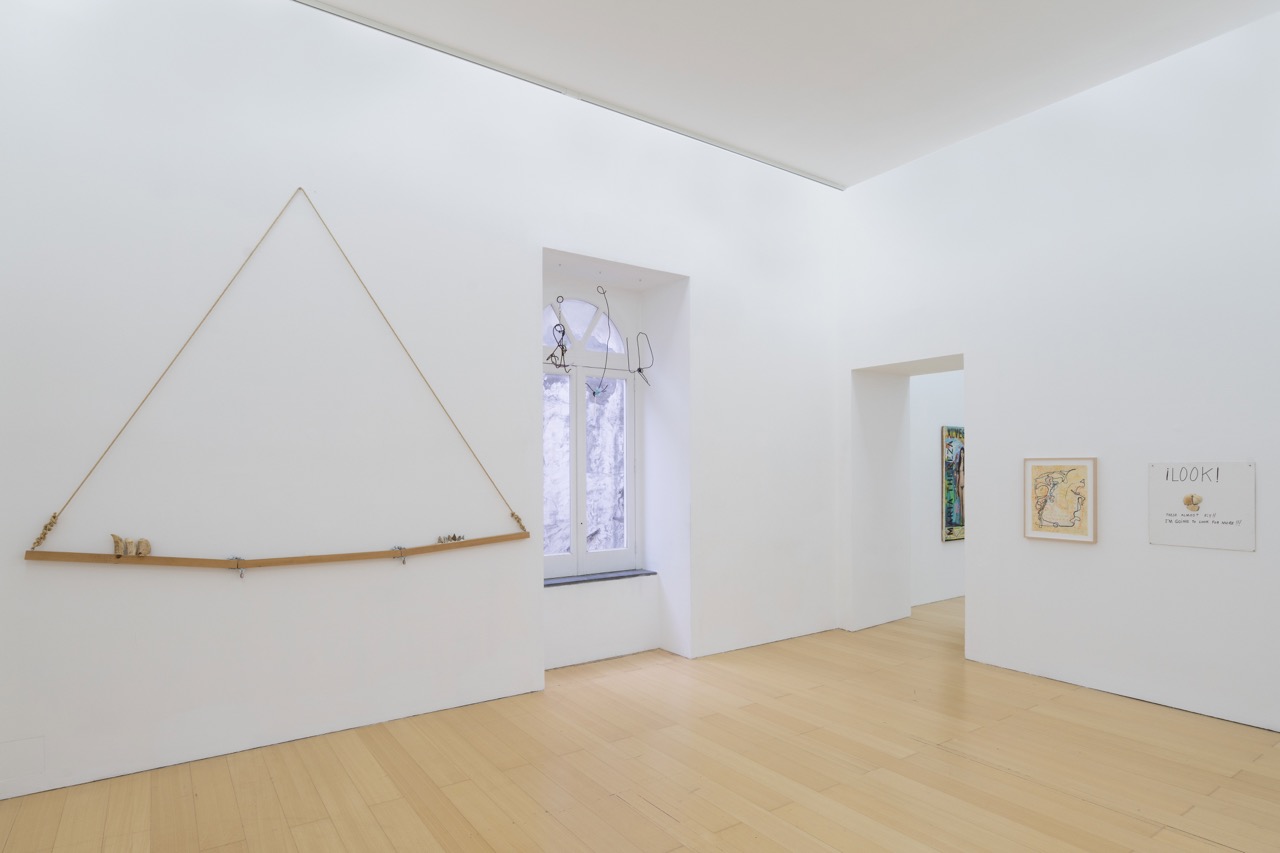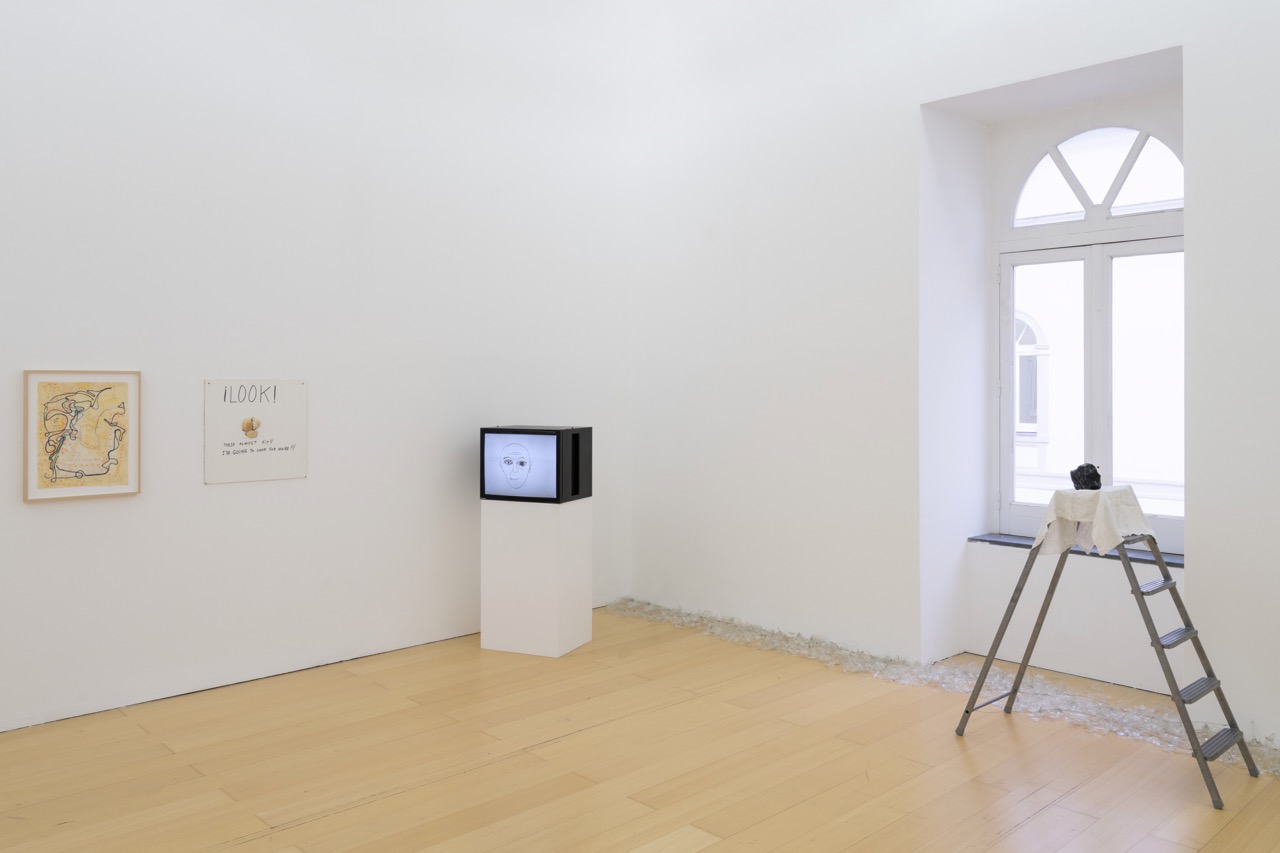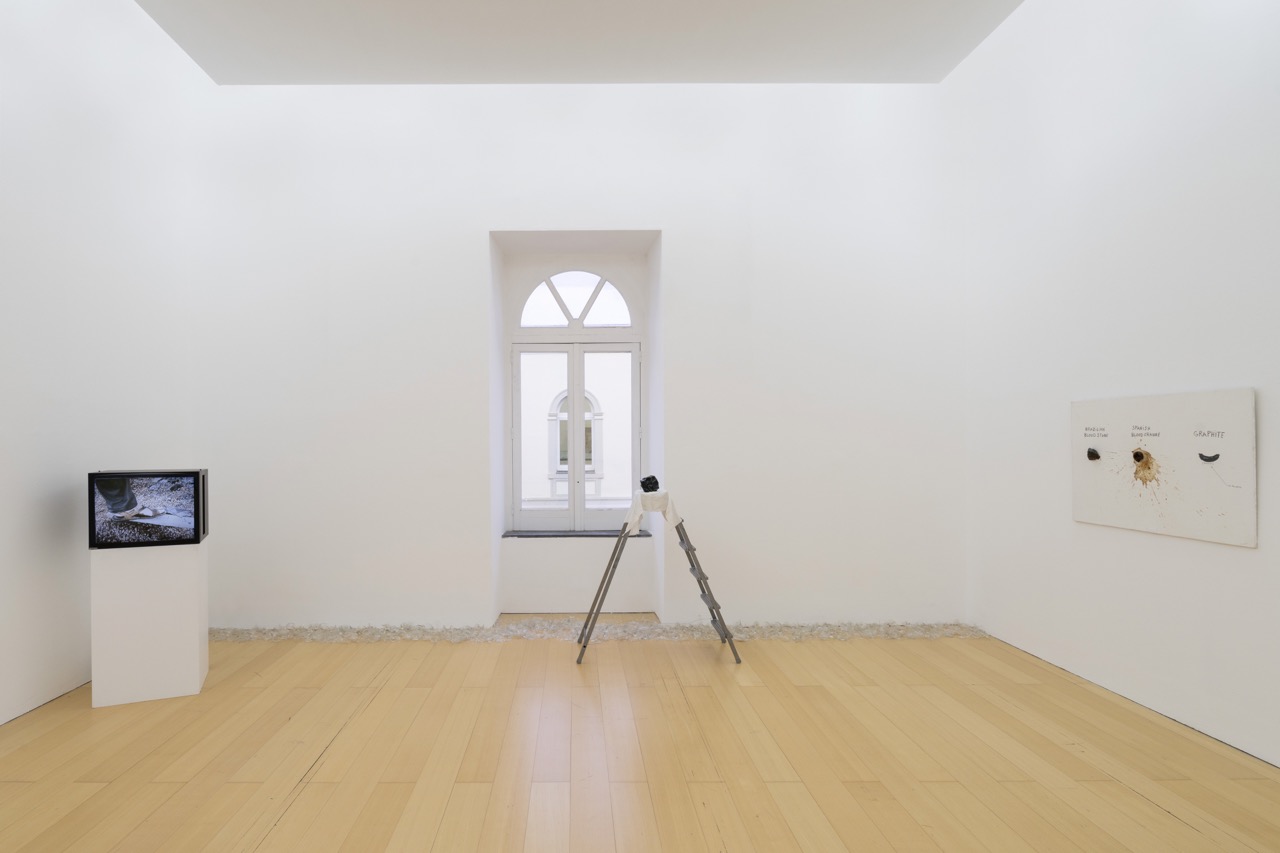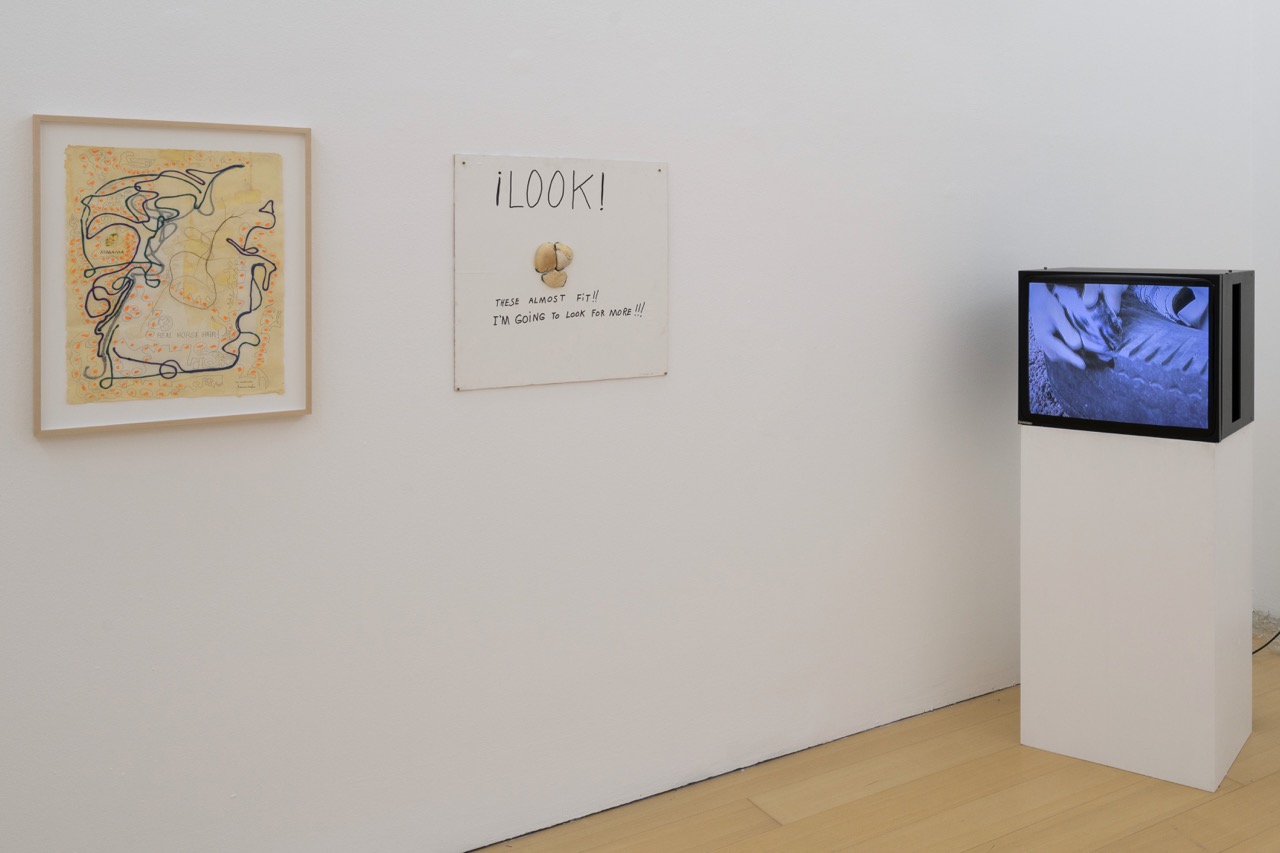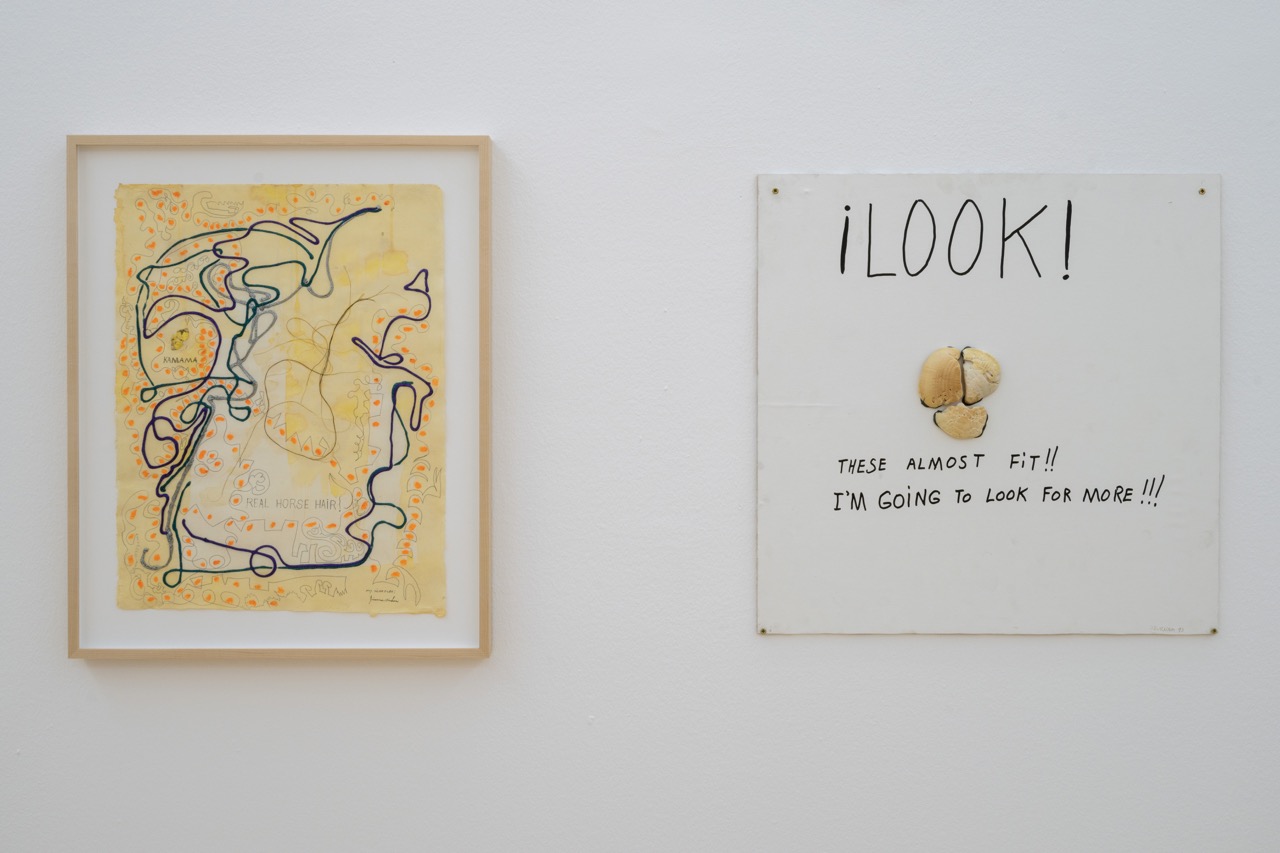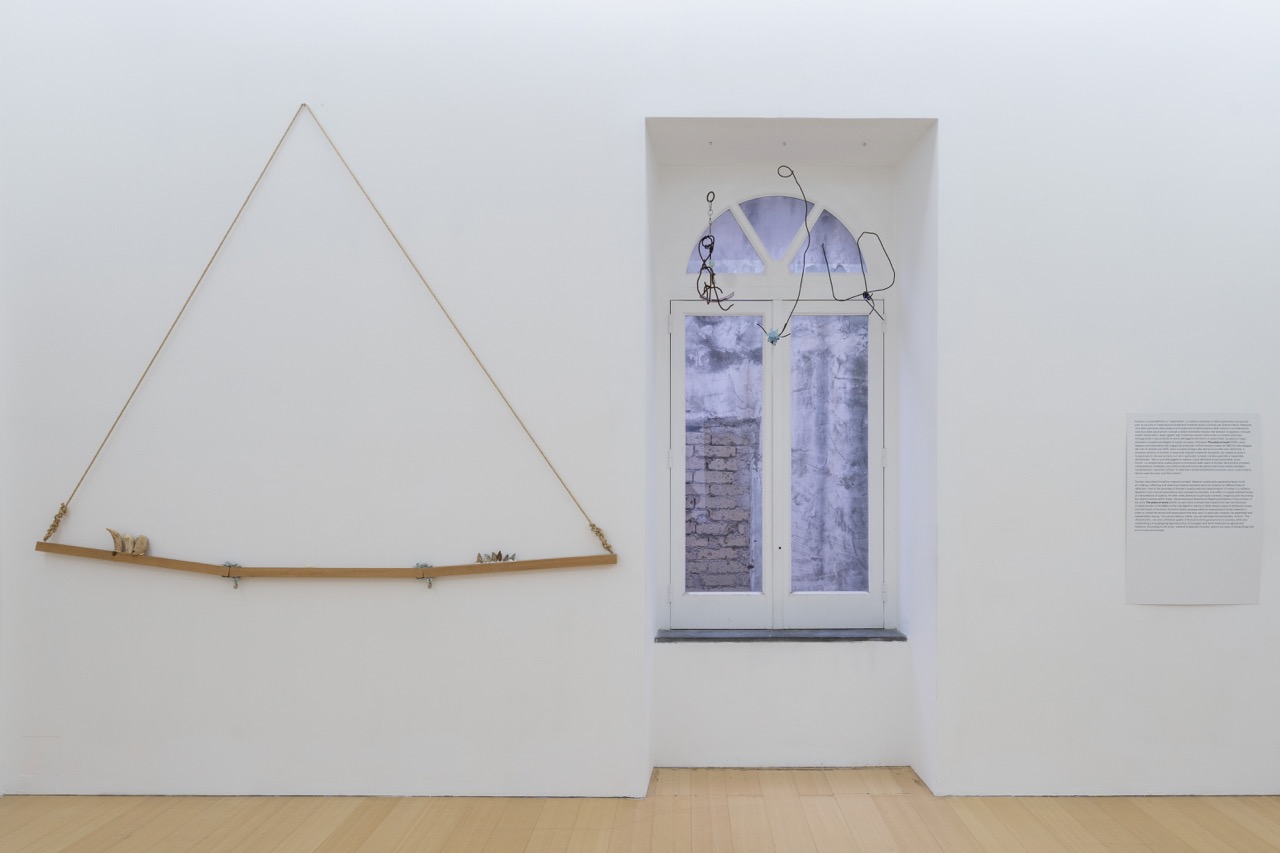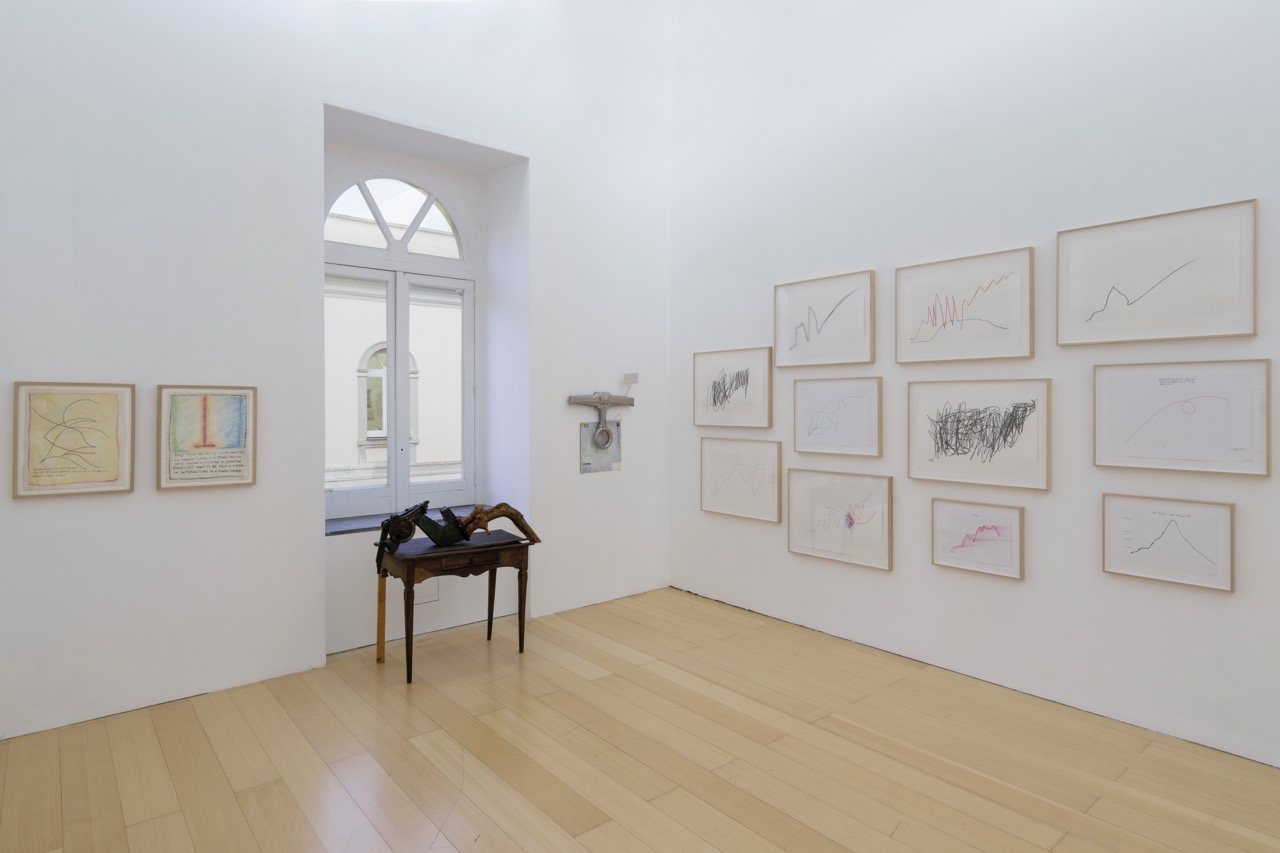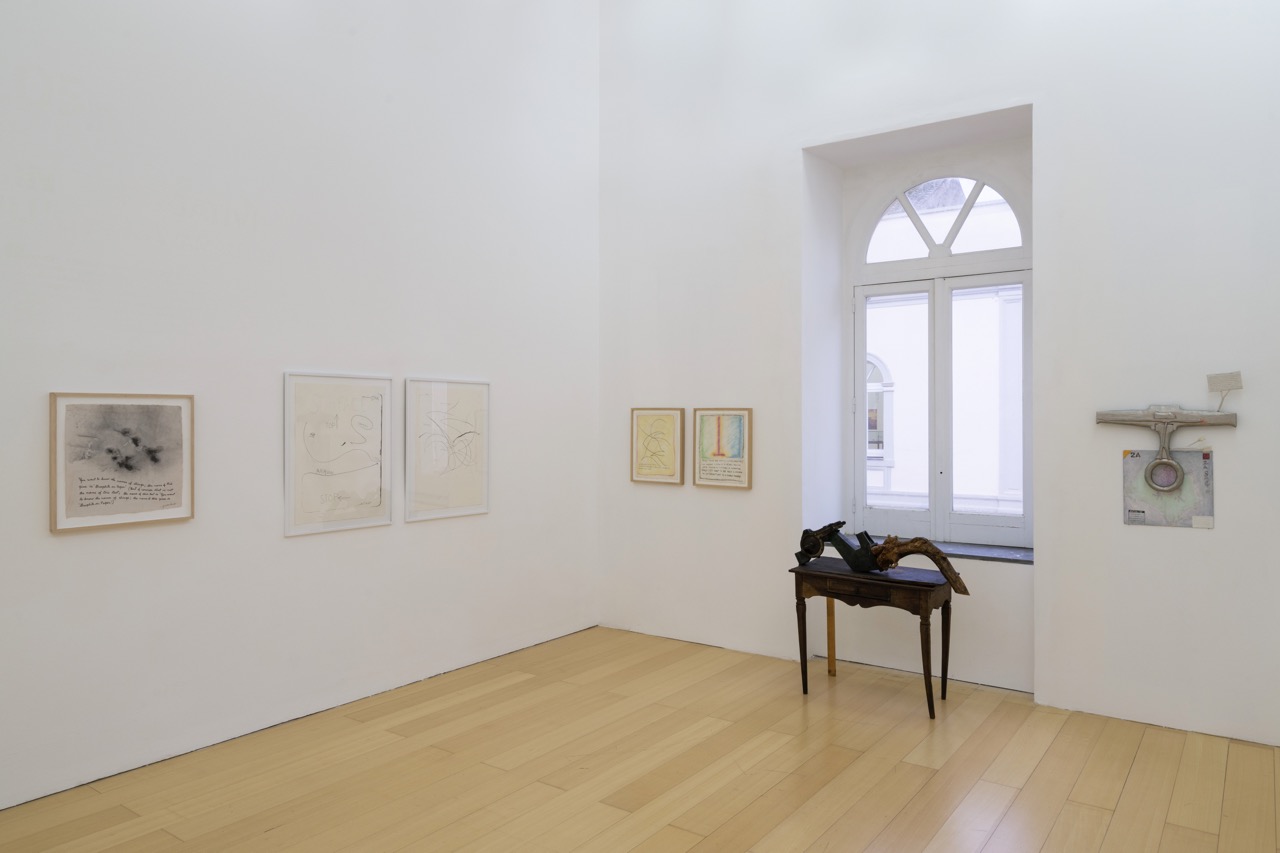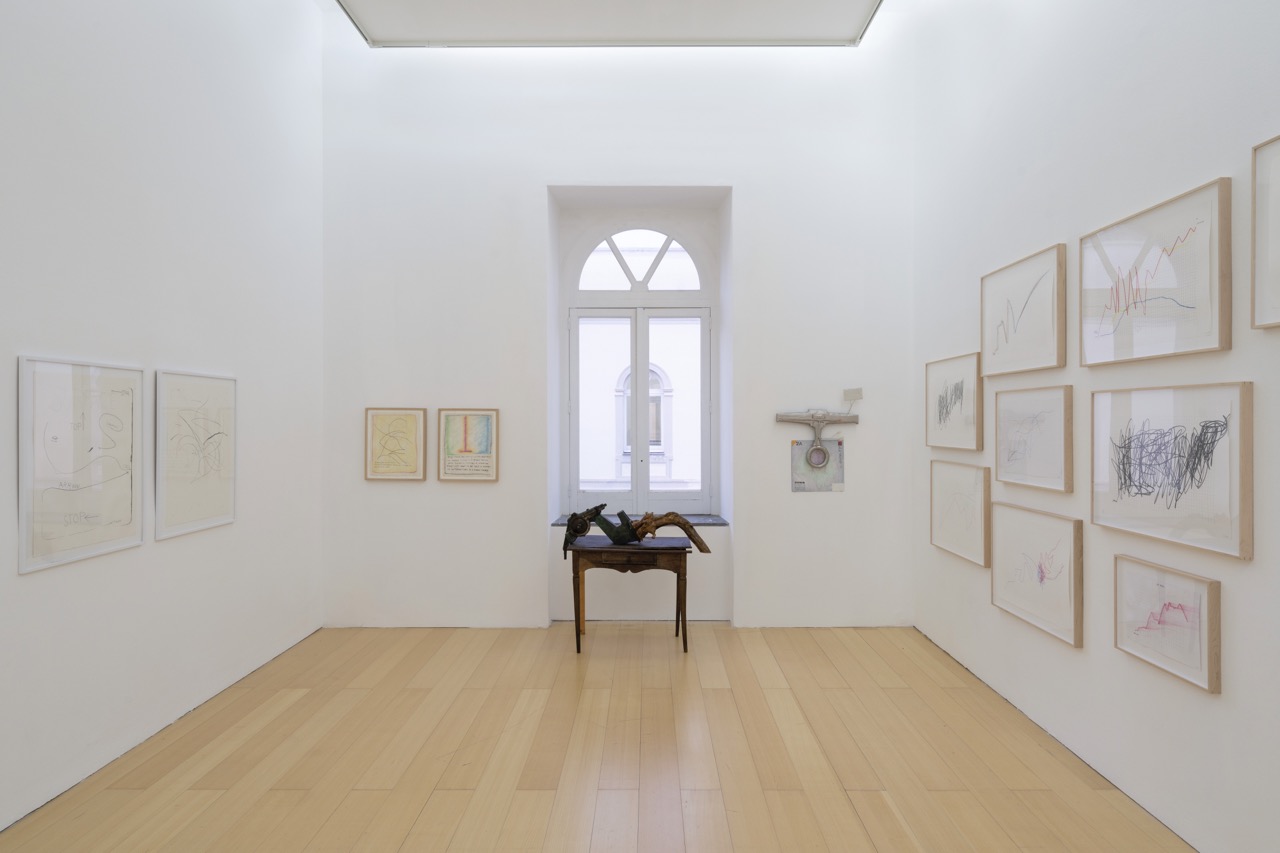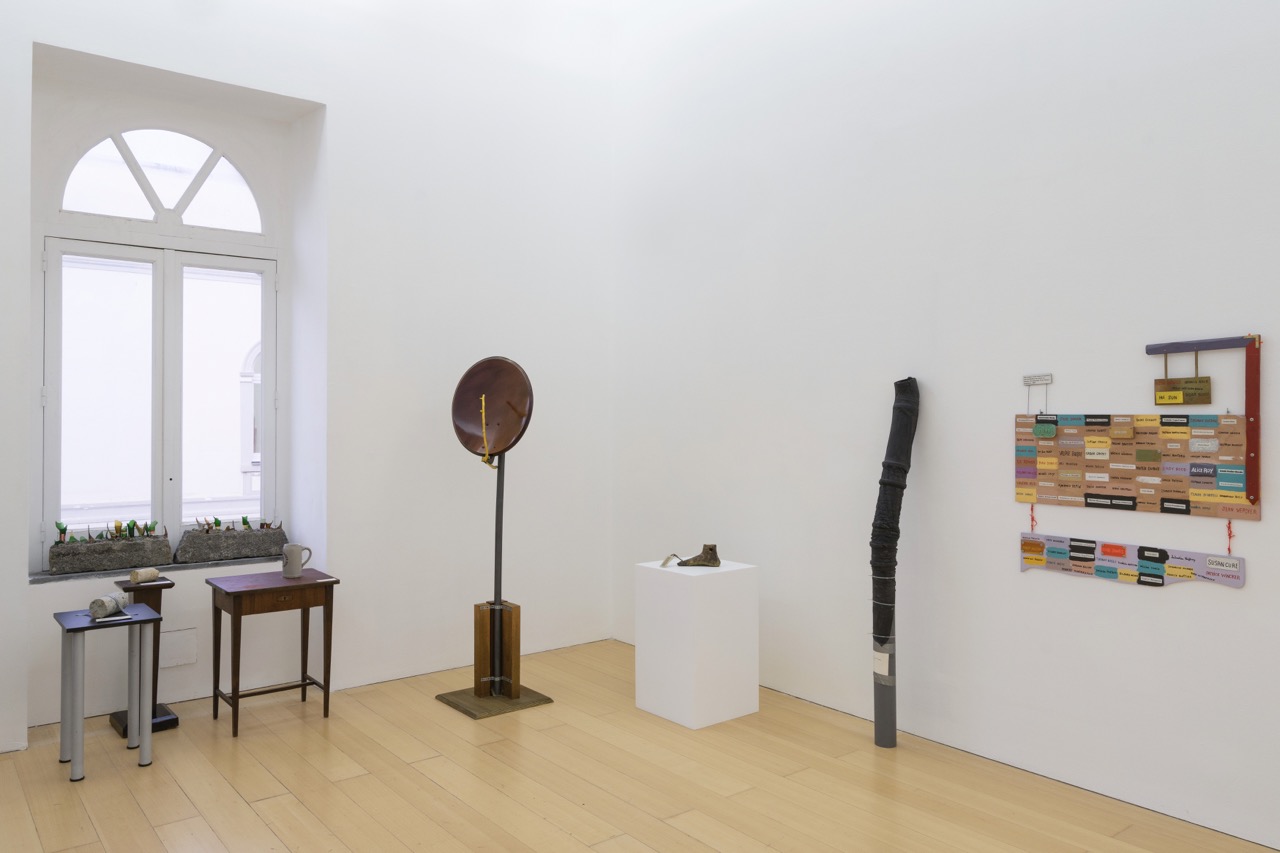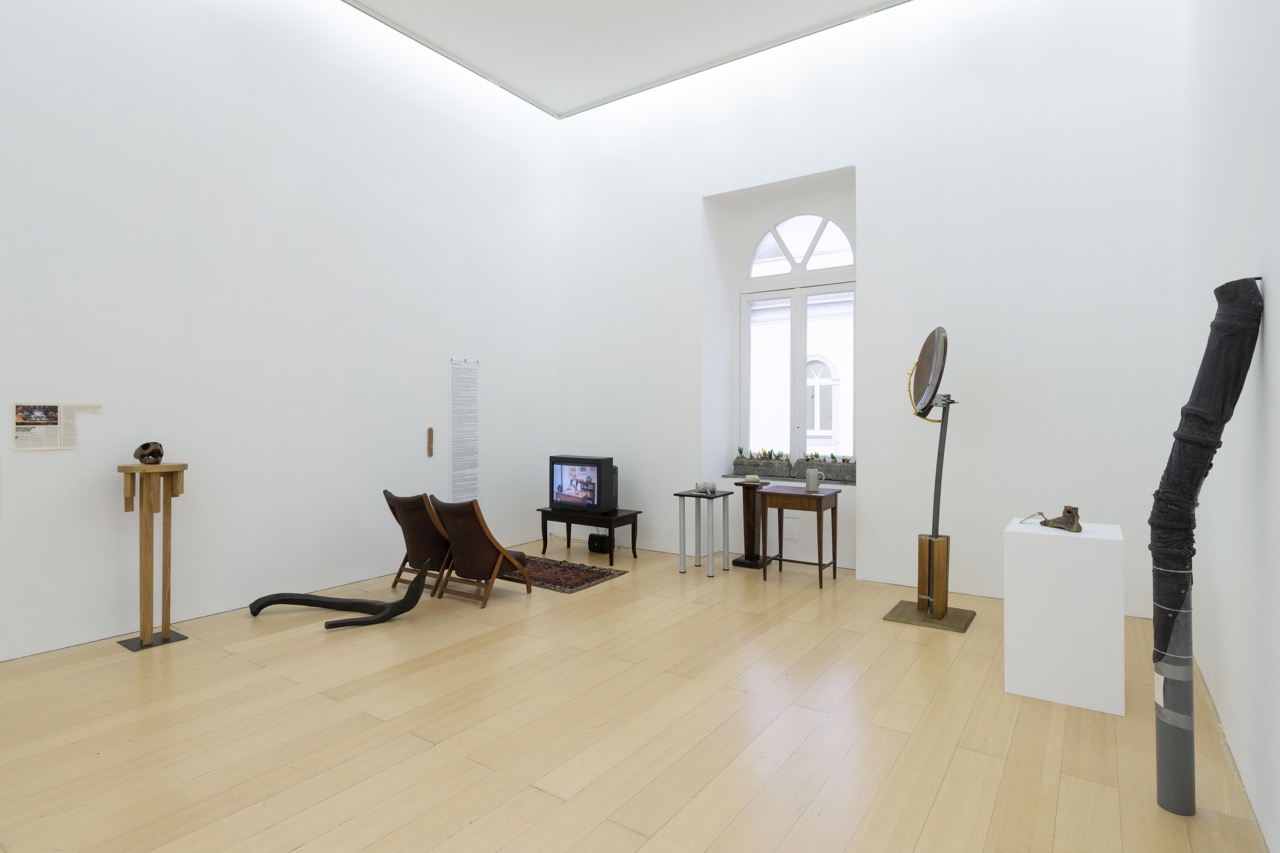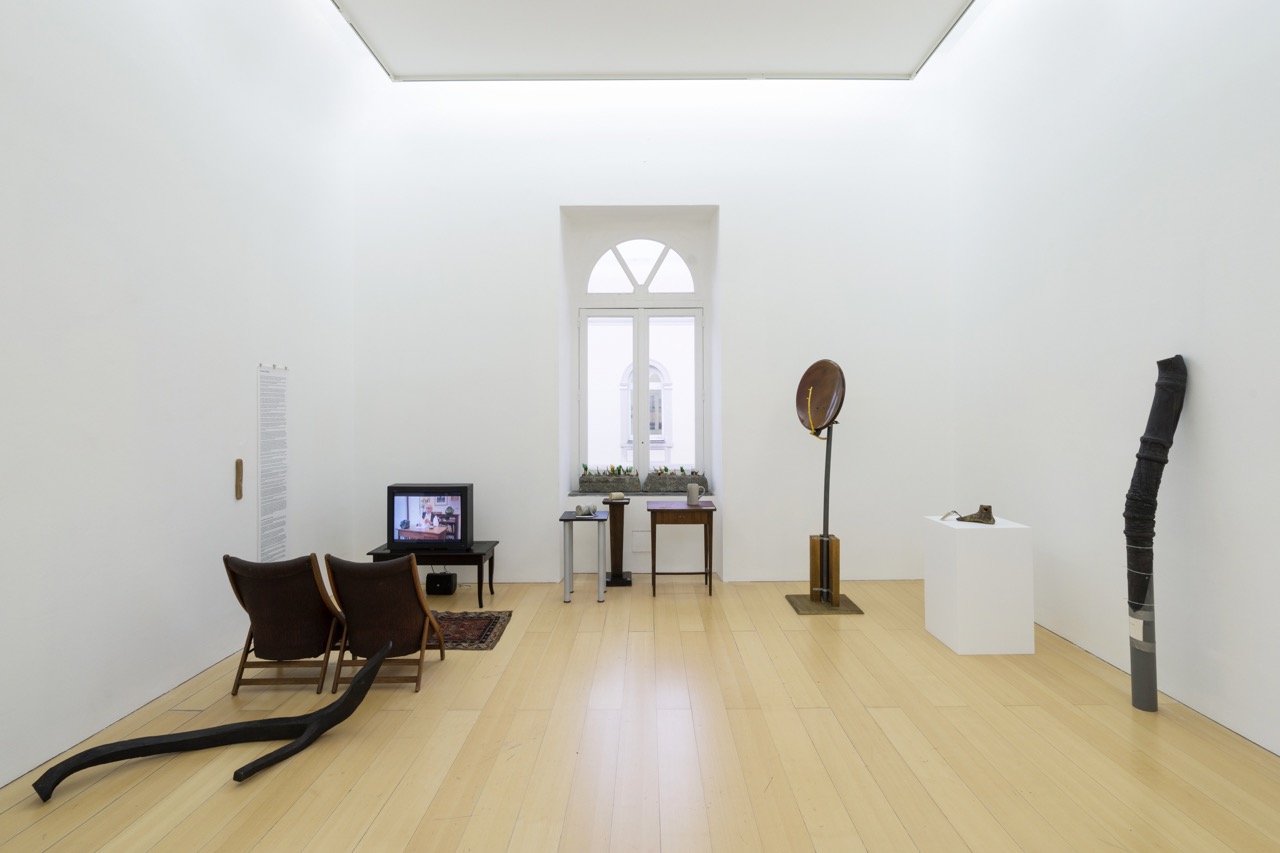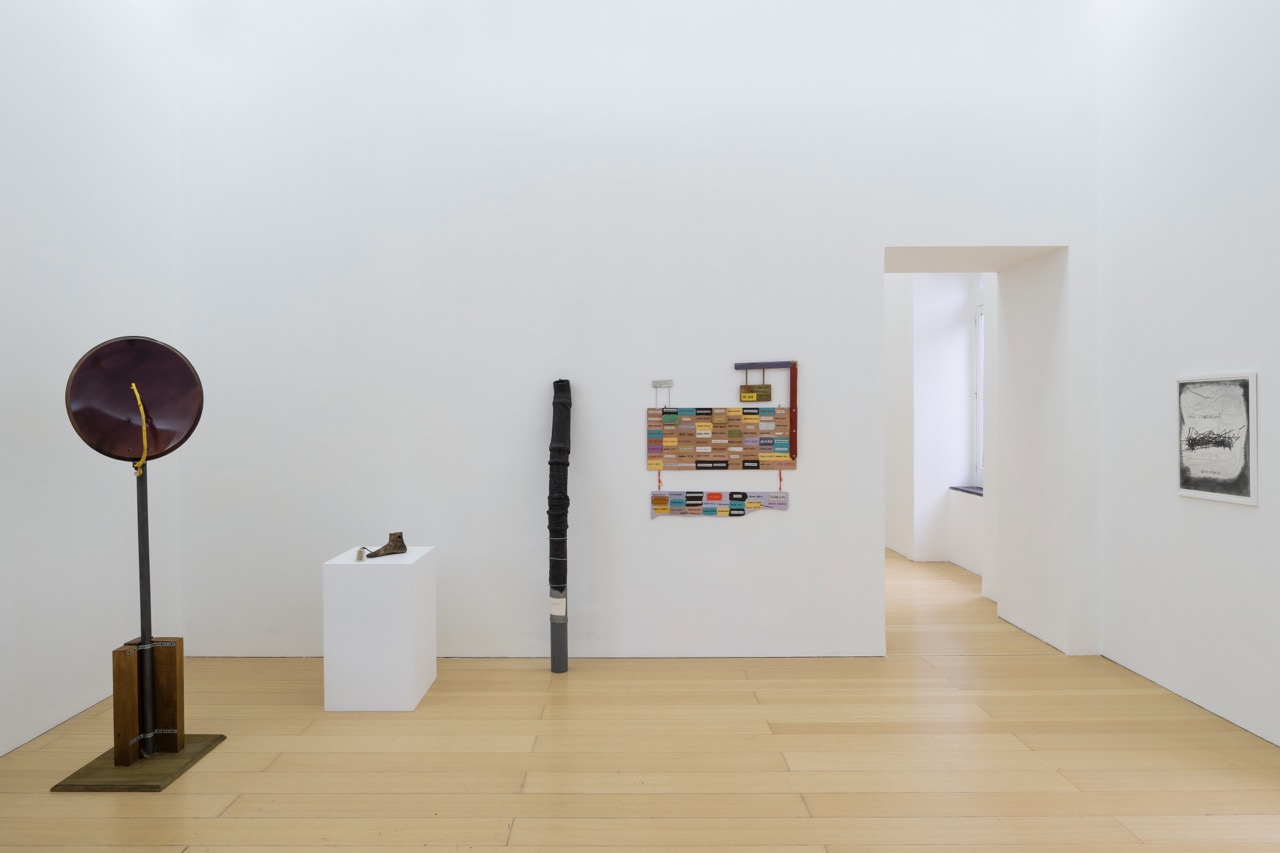Durham described himself as ‘material-minded’. Material constituted a generative factor in his art making; collecting and observing material elements were the impetus for different lines of reflection. One of the premises of Durham’s poetics was the transformation of matter in a cathartic liberation from cultural associations and imposed functionality. In an effort to bypass habitual frames of interpretation of objects, he often drew attention to particular contexts, imagining and recounting the object’s stories within these. Stone and wood became privileged accomplices in this process. For example, in the work The piece of wood (2005), an epic story is woven that travels from near the Slovenian-Croatian border in the 1890s to the Lido Beach in Venice in 2005 where a piece of driftwood comes into the hands of the artist. Durham’s artistic process relied on responding to found materials in order to unfold the stories and associations that they carry. In These almost fit (1993), Teeth (1996), Brazilian bloodstone (1997), and Someone stole my diamond (1998), he juxtaposed, assembled and reassembled, saying, ‘You cannot destroy matter, you can eliminate its functionality, its form’. The characteristic, raw and unfinished quality of Durham’s works gives priority to process, while also constituting a throughgoing deconstruction of European and North American art genres and mediums. According to the artist: ‘material is basically innocent, and it’s our ways of doing things that are so crazy and strange’.
The exhibition culminates in this exploration of Durham’s investigative processes and of his generative attention to materials, including his deeply playful love of language. His practice constitutes a form of epistemological research that establishes a methodological dialogue between language and matter. His works are constructed across bridges where science and artistic research meet. The Aharonov-Bohm effect (1989) testifies to his early interest in particle physics, an exploration that appears in the lithographs Untitled (Muon) (2003) and Untitled (Surface) (2003), which visualize elementary particles as hypothesized in scientific writings: ‘My work is based on the idea of science as curiousness, as a new way of seeing things, enquiry without preconception which leads to change and innovation. That is what science means to me: a lack of predefined ideas, an acceptance of discovery, an unexpected vision of reality. This perception of scientific research is important to me.’ An article that he clipped from Nature (2021) displayed next to the unfinished work in progress [Cast turtle head] (2021), discusses how the behaviour of Muons in magnetics fields has recently revolutionized established theories. His investigative approach to art plumbs the depths of studies in different disciplines into the composition of matter, as well as unfolding the sensory and narrative associations of material elements. As always, he questions received ideas and practices: ‘I want it to be investigative, and therefore not “impressive”, not believable.’ His passion for science, and in particular theoretical physics, is expressed in many works, notably in his last anthology of poems, Particle Word Theory (2020).
Words have a predominant place in Durham’s work. They are integrated as signs in the form of titles, captions, and in many other ways. By combining object and language, the artist creates an aesthetic paradigm based on the meaning of words and their diversions. It is a poetic language open to movement, which reflects, analyses, torments, questions and exhibits itself. As he puts it in a video where he reads from his poems in Particle word theory, ‘If poetry has an essence, it must be someone using language in an important way to the sense of language. Not about communication, not about rhythm, not about rime. But using language in the sense of the importance of language.’ Artistic research, according to Durham, is a means of entering into deeper proximity with the world. He created a new semantics of aesthetics, playing with the détournement of meanings, sounds and inscriptions in poetic languages that were perpetually in movement. Art was no different to science in the artist’s approach to investigating the composition of matter and the limits of knowledge. Through his deep sensitivity to materials and language, his unceasing questioning of first principles and the strategies he developed of poetic assemblage and spatial articulation, Durham offered paths forward out of the contemporary impasse of received notions and categories of artistic practice.
Jimmie Durham: humanity is not a completed project, installation view of the exhibition at the Madre museum, 2023. Photo by Amedeo Benestante
